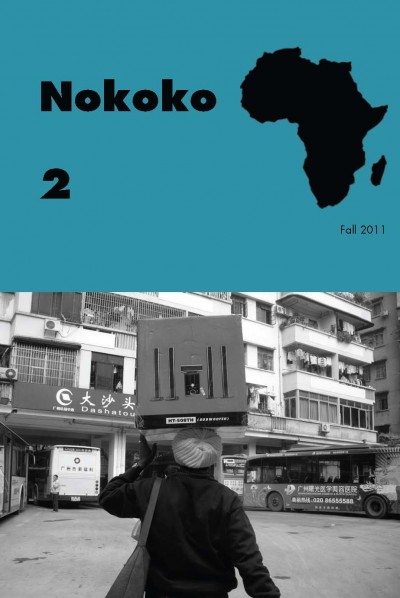Two Cities: Guangzhou/LagosPosted in Africa, Articles, Asian Diaspora, Economics, Media Archive, Social Science on 2013-08-19 04:34Z by Steven |
Nokoko
Institute of African Studies
Carleton University, Ottawa, Canada
Volume 2 (Fall 2011)
pages 174-197
Wendy Thompson Taiwo, Assistant Professor of African American Studies
San José State University, San Jose, California
I was in Nigeria in May, the year I turned twenty-nine. And aside from the few hours of electricity per day, the way most of the food twisted my stomach or burned my tongue, and that the terrible stifling heat made life difficult at times, I was excited to be exactly where I needed to be: Lagos. Once the political center of Nigeria, it is still reigning as the financial and economic capital. And from what I saw, it was a thriving, bustling, chaotic metropolis where swindling police officers, savvy market women, racing okadas, and the occasional goat shared the streets with everyday Lagosians.
I was pursuing the second leg of a research project devoted to examining the everyday lives of Yoruba traders I had met in Guangzhou. In 2009, a series of news reports shifted focus to a sizable West African trading community in southeastern China following a protest by an approximated two hundred African men in front of a police station that drew a crowd and shut down traffic. The protest was in response to earlier events in which an immigration raid staged by Chinese police in a clothing mall frequented primarily by Nigerian traders led to at least two reported injuries, one critical…
…I had so many questions and saw this as a once in a lifetime opportunity to sort out some of the anxieties I had about race, borders, and the bodies of my parents—one black and one Chinese. I assumed that many African traders would have had to interpret and negotiate these same themes and embarked on my journey to encounter these new global citizens…
Read the entire article here.

